TOP RATED JEWELRY STORE IN HUNTINGTON BEACH, CA
At Simone & Son, we know that behind every jewelry purchase is a gesture of love for someone special. Whether it’s a wedding, anniversary, or other meaningful occasion, we offer pieces that can be passed down for generations. Our promise is simple: every piece is crafted with care, from our family to yours. Visit our jewelry store in Huntington Beach today!
Shop Engagement Rings
View all

Custom Jewelry Design
Our designers use the latest technology to create unique, custom pieces. The process begins with a rough sketch or detailed drawing, followed by the creation of a 3D CAD model and rendering. Finally, we 3D print a prototype, giving you a clear preview of what your finished piece will look like before it’s made.
Locally & Family Owned
Simone and Son Jewelers has been family-owned and operated since 1978. Over the years, this rich history has allowed us to build lasting relationships with families who’ve trusted us for generations. With three generations of experience, we put extra care into every piece we create, ensuring each one is crafted to become a cherished family heirloom.


Looking for a Jewelry store in Huntington Beach, CA?
Your Expert Jewelry Advisors
Our team of Expert Jewelry Advisors is built on three generations of experience, and we’re proud of the trust we've earned over the years. With a focus on quality, design, manufacturing, and gemology, we work together as a family to ensure every piece meets the highest standards. Our goal is simple—to offer you great quality and value, and to make sure you feel like part of our family every step of the way.
















 Round
Round
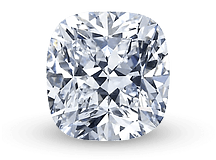 Cushion
Cushion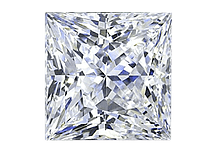
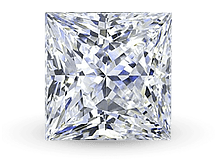 Princess
Princess
 Oval
Oval
 Marquise
Marquise
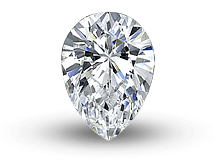 Pear
Pear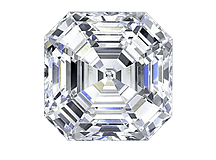
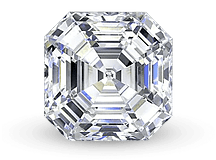 Asscher
Asscher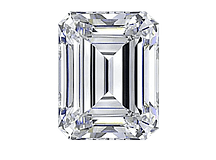
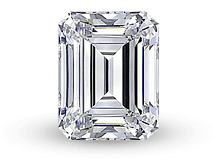 Emerald
Emerald
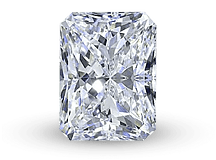 Radiant
Radiant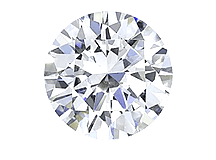
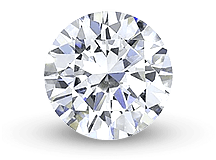 Round
Round
 Cushion
Cushion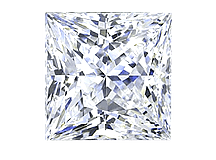
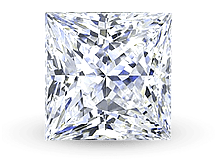 Princess
Princess
 Oval
Oval
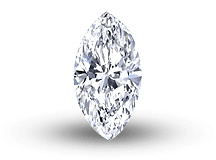 Marquise
Marquise
 Pear
Pear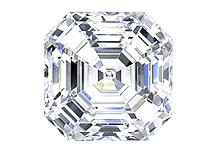
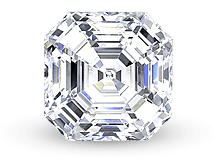 Asscher
Asscher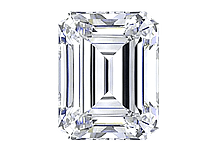
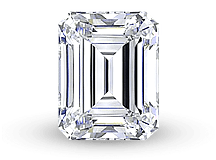 Emerald
Emerald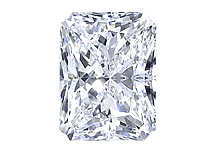
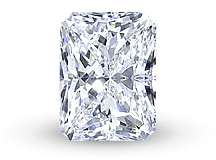 Radiant
Radiant

